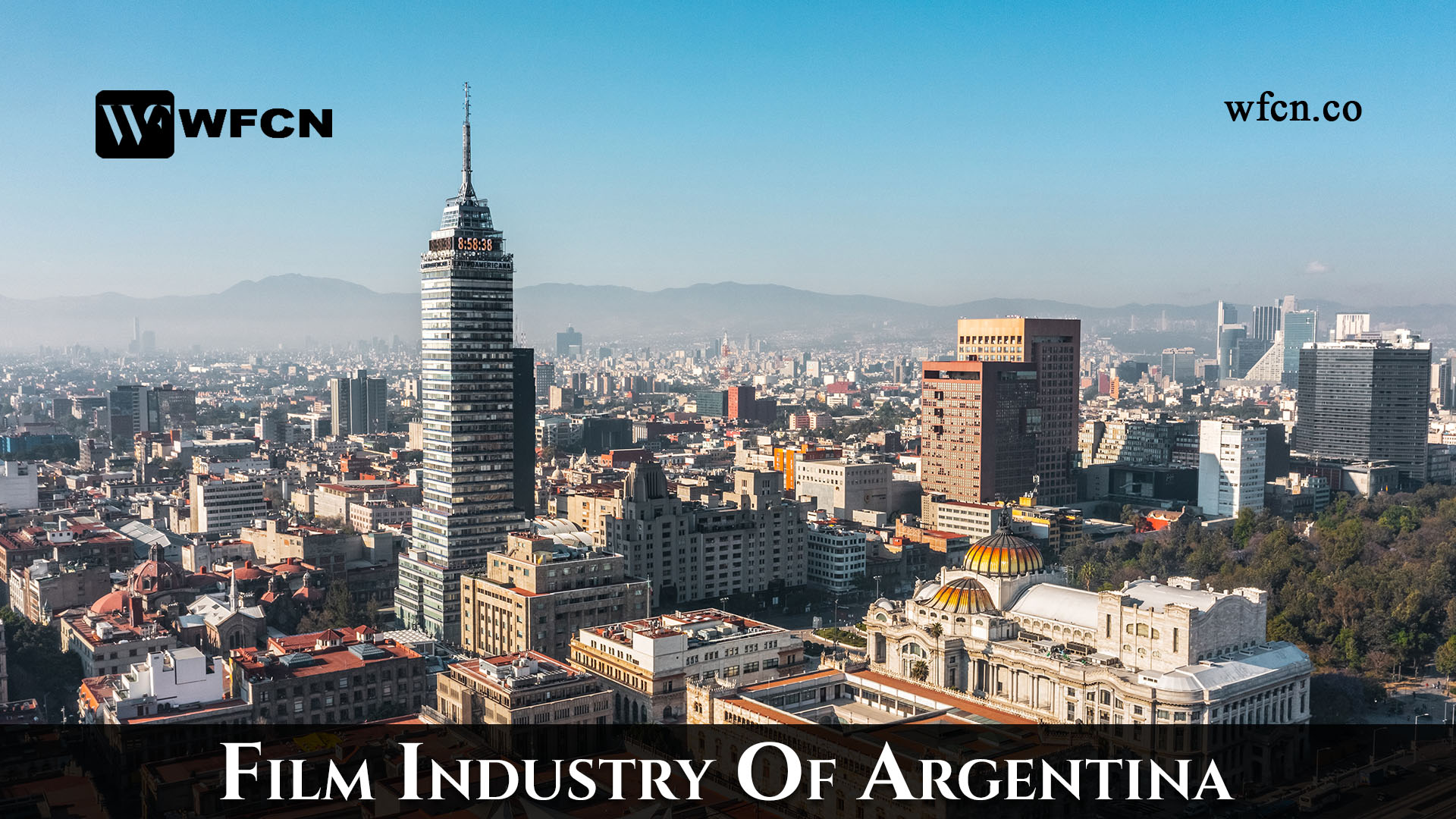Film Industry of Argentina
The Film Industry of Argentina has a rich and diverse history that spans over a century, making it one of the Oldest in Latin America. From the early days of Silent Cinema to the Contemporary Era, Argentine Cinemahas evolved, faced challenges and produced remarkable works that have gained recognition both domestically and internationally. Cinema of Argentina refers to the Film Industry based in Argentina. The Argentine Cinemacomprises the art of film and creative movies made within the Nation of Argentina or by Argentine FilmmakersAbroad.
The Argentine film industry has historically been one of the three most developed in Latin American Cinema, along with those produced in Mexico and Brazil. Throughout the 20th Century, Film Production in Argentina, supported by the State and by the work of a long list of Directors and Actors, became one of the Major Film Industries in the Spanish-Speaking Worlds.
Argentina has won eighteen Goya Awards for Best Spanish Language Films which makes it the most awarded country. It is also the first latin american country that has won Academy Awards in recognition of the films The Official Story (1985) and The Secret in Their Eyes (2009).
Early Years and the Golden Age:
The origins of Argentine Cinema date back to the late 19th Century when the Lumière Brothers' Cinematograph arrived in Buenos Aires. The First Argentine Film, "La Bandera Argentina," was shot in 1897 by Eugenio Py. The Silent Era saw the emergence of Notable Filmmakers like Quirino Cristiani who created the world's First Animated Feature Film, "El Apóstol," in 1917.
The 1930s to the 1950s is often referred to as the Golden Age of Argentine Cinema. During this period, the industry flourished with the production of numerous High-Quality films. Film Directors such as Leopoldo Torres Ríos and Carlos Gardel gained prominence and Tango-Themed films, like "El día que me quieras," became Iconic Film.
New Wave and Political Turmoil:
In the 1960s and 1970s, the Argentine Film Industry experienced a period of renewal known as the New Argentine Cinema. Filmmakers such as Fernando Solanas and Octavio Getino emerged producing Politically Charged Films like "La Hora de los Hornos," which criticized social and political issues. However, this era was cut short by the military coup in 1976, leading to censorship, persecution of filmmaker, and a decline in film production.
Recovery and Contemporary Scene:
After the return to democracy in 1983 the Argentine Film Industry began to recover. The 1985 Film "La historia oficial," directed by Luis Puenzo, won the Academy Award for Best Foreign Language Film, marking a turning point for Argentine Cinema on the International Stage. Directors like Fabián Bielinsky, Lucrecia Martel and Pablo Trapero have since gained International Acclaim for their Unique storytelling and Cinematic styles.
The 21st Century has seen continued success for Argentine Cinema with Films like "The Secret in Their Eyes" (2009) winning the Academy Award for Best Foreign Language Film and Film Directors like Damián Szifron gaining recognition for Films such as "Wild Tales" (2014). The diversity of genres and themes explored in Argentine Cinema reflects the nation's complex cultural identity, addressing issues such as social inequality, political turmoil, and the search for identity.
2000s
President Cristina Fernández and the cast of The Secret in Their Eyes (2009) celebrated with the Oscar for Best Foreign Language Film. Films such as Fabian Bielinsky's twister Nine Queens (2000), his gothic El Aura (2005) and Juan José Campanella's teary Son of the Bride (2001) have received praise and awards around the world. Juan Carlos Desanzo cast Miguel Ángel Solá (best known for his role in Tango) as the Immortal Jorge Luis Borges in El Amor y el Espanto ("Love and Foreboding", 2001).
Argentina hosts several Renowned Film Festivals, including the Buenos Aires International Festival and the Mar del Plata International Film Festival. These events provide a platform for both National and International Filmmakers to showcase their work and contribute to the vibrant Cultural Tapestry of Argentine Cinema. The industry continues to evolve with the advent of digital technology, offering new opportunities for Emerging Filmmakers to create innovative and Visually Stunning Works.
International Recognition:
Argentine Movies continued to gain International Recognition and acclaim. Filmmakers like Damián Szifron, known for "Wild Tales" (2014), and Lucrecia Martel, acclaimed for Films like "La Ciénaga" (2001) and "Zama" (2017) have contributed to the Global Visibility of Argentine Cinema.
Diversity of Genres:
Argentine Filmmakers have explored a wide range of Genres and Themes, reflecting the country's rich cultural and social tapestry. Whether it's social dramas, psychological thrillers or comedies, the Diversity of Storytelling has been a hallmark of Contemporary Argentine Cinema.
Government Support:
The Argentine Government, through various institutions like the National Institute of Cinema and Audiovisual Arts (INCAA), has historically played a role in supporting and promoting the local film industry. Financial incentives, grants and subsidies have been crucial in encouraging the production of diverse and innovative films.
Challenges and Opportunities:
While facing challenges such as funding limitations and competition from Hollywood Productions, the Argentine Film Industry remains resilient driven by a passion for storytelling and a commitment to reflecting the diverse experiences of its people. Like many film industries globally, the Argentine Film Industry faced challenges such as budget constraints and competition with International Blockbusters. However, the rise of Streaming Platforms and Digital Distribution has also opened up new avenues for Filmmakers to reach audiences both domestically and internationally.
Emerging Talents:
New and emerging talents have been making their mark in Argentine Cinema. The industry has seen a New Generation of Filmmakers bringing fresh perspectives and Innovative Storytelling Techniques. This injection of new talent has contributed to the ongoing vibrancy of the Argentine Film Scene.
Collaborations and Co-Productions:
Collaborations and Co-productions with other countries have become increasingly common, allowing Argentine Filmmakers to access a Broader Audience and share their stories with a Global Viewership. This International Collaboration has enriched the Cultural Exchange in the Film Industry.





